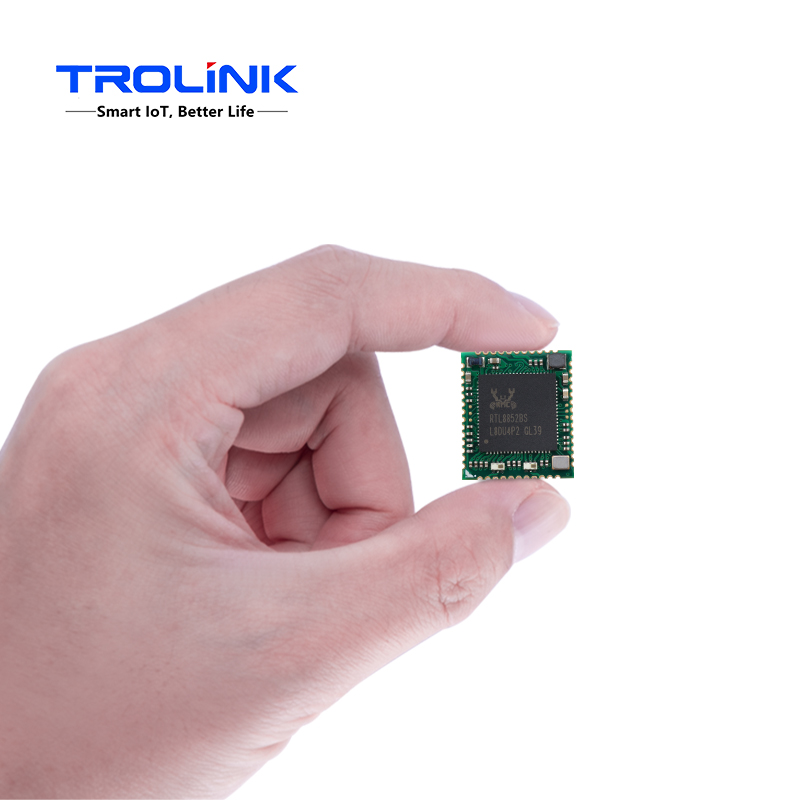Do you really understand the WiFi module? In this comprehensive guide, we will delve into the nitty-gritty of this revolutionary technology that has become an integral part of our everyday lives.

The WiFi module, also known as a wireless module, is a device that allows electronic devices to connect and communicate wirelessly over a local area network (LAN) or the internet. It enables seamless transmission of data, enabling us to enjoy the benefits of the digital age with unparalleled convenience.
WiFi modules primarily consist of a transmitter, receiver, and an antenna. The transmitter modulates the data, while the receiver demodulates it. The antenna allows for the transmission and reception of signals, enabling devices to communicate with each other.
The WiFi module provides a range of functionalities, making it an indispensable component in various industries and applications. From smartphones, tablets, and laptops to IoT devices, smart home systems, and industrial automation, WiFi modules empower countless electronic devices with wireless connectivity.
These modules can operate in different frequency bands, such as 2.4 GHz and 5 GHz, and support various protocols like 802.11a, 802.11b, 802.11g, and the latest 802.11ac. They offer reliable and secure connections, allowing seamless data transfer, audio and video streaming, and remote device management.
When selecting a WiFi module, several factors come into play. Consider the required range, data transfer speeds, power consumption, and compatibility with your target devices. Additionally, examine the security features like encryption protocols and authentication methods to ensure data integrity.
It is crucial to understand the specific requirements of your project or application and choose a module that meets those needs. Factors such as cost, integration complexity, and available technical support should also be weighed before making a decision.
The WiFi module landscape is continuously evolving, and several exciting trends and innovations are shaping its future. The advent of WiFi 6 (802.11ax) brings faster speeds, lower latency, increased device capacity, and improved power efficiency. This opens up possibilities for advancements in areas like augmented reality, virtual reality, and smart city infrastructure.
The integration of WiFi modules with artificial intelligence, machine learning, and the Internet of Things (IoT) will revolutionize industries, enabling intelligent automation and seamless connectivity between devices. Moreover, advancements like mesh networking will enhance coverage and eliminate dead zones, further enhancing the user experience.
In conclusion, the WiFi module is a vital component in our connected world. Understanding its basics, functionality, and factors involved in module selection empowers us to make informed decisions and leverage this technology to its full potential. As we embrace future trends and innovations, the WiFi module will continue to transform the way we live, work, and communicate.
 Trolink Joint With Tuya to Make Iot Benefit Every Family
Trolink Joint With Tuya to Make Iot Benefit Every Family
 5 Key Indicators for WiFi Module Selection You Have to Know !
5 Key Indicators for WiFi Module Selection You Have to Know !
 IOT module is the brain of smart products
IOT module is the brain of smart products
 What is the signal coverage range of the WiFi module chip?
What is the signal coverage range of the WiFi module chip?